
She fought many fires in the last 20 years. She also saw many scenes of blackened hills and scorched animals. Some fires were during the day, others at night, but just hearing about the last one she quenched is enough to begin to understand who she is.
It was a hungry fire that devoured the hills around her house for three weeks. It was rough, inaccessible terrain, known as El Hacha (The Ax). Lucrecia slept by day and fought the fire at night, when the sun let up.
The last time she went into the field to contain the flames, she battled all night and did not stop when morning came. The heat beat her so hard that when she returned home, her body collapsed: a fever knocked her out and she ended up in the clinic. The hillside and her body both burned as if they were one and the same.
At 61 years old, Lucrecia Pastrana Pastrana is the volunteer firefighter with the most experience in the ACG (Guanacaste Conservation Area), the first conservation area founded in the country more than 30 years ago. She is also responsible for founding one of the first volunteer fire brigades in the ACG. She did it where I meet her today, on a rainy day in September, in the small town of La Cruz called Colonia Bolaños, where she has lived since she was 38 years old.
Living Among the Embers
Lucrecia’s entire property is an Eden of fruit trees and ornamental plants. On one side of the house, there is an empty corral and geese and chickens run free around it.
Her favorite place is a hammock under the shade of two jocote trees. I find her lying there when I arrive at 10 a.m., but we have to flee because of the threat of rain. Taking cover under the corridor of her house, she recalls how the struggle to change her community has been, something in which she has invested more than 20 years and which has cost her her own health.
“People were already used to all of this smoke and these burnings,” Lucrecia recalls. Fire was another element within the landscape, something commonplace.
When the 20th century was coming to a close, the ACG Fire Management Program coordinator, Julio Diaz, visited Colonia Bolaños. They needed to find a community leader to help them form a brigade right here in this place, which was known for causing the most fires near Guanacaste National Park.
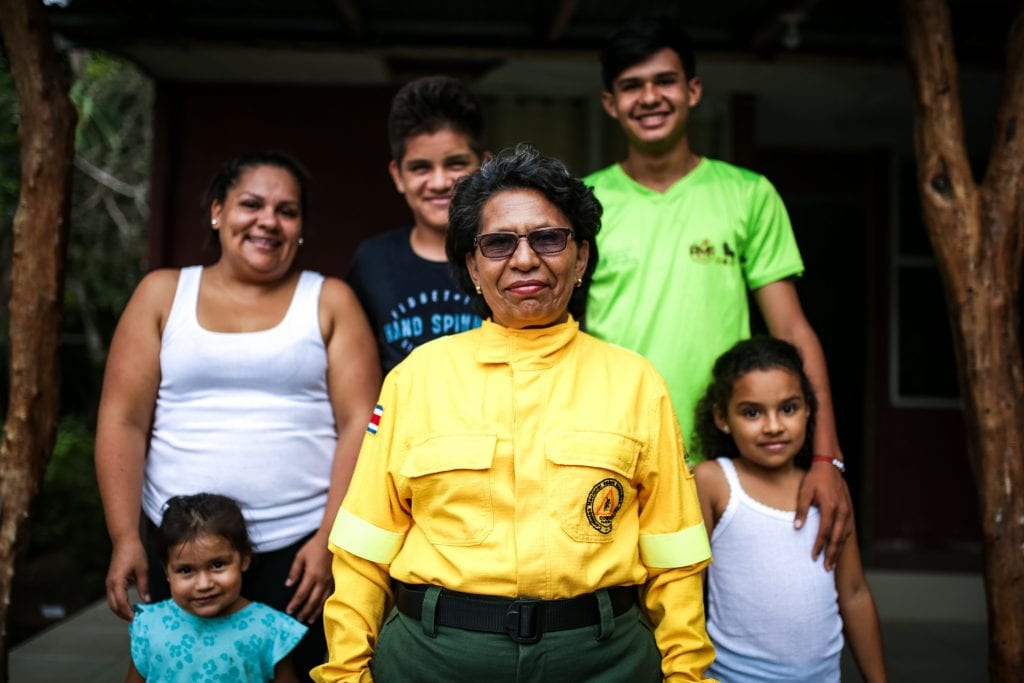
Lucrecia organized two generations of brigade members who, in addition to putting out fires, conduct recycling campaigns, set up garbage cans and give talks in their community.Photo: César Arroyo
She served as a liaison between the ACG and the community to recruit people who would form the brigade. “It took us a few years. Don’t think it was fast,” Lucrecia relates. One of the recruits was her own husband.
The car that comes to drop off Juan Lopez stops in front of the house, he says goodbye and walks to where we are. He is a bulky man, with a sharp tone of voice. He used to work in construction and was used to going with hunters to look for animals in the hillside, but now he is a SINAC official, coming home after his ten-day work shift in the Santa Rosa National Park. It took several fires and meeting the rest of the team to convince him that what they were doing had no future.
“A friend who is also a member of the brigade now tells me: ‘Juan, if we had continued on like that, today there would be nothing left … nothing!’” And he goes on to list all the species that they used to hunt: squirrels, snakes, deer, rabbits and pretty much everything that breathes.
Lucrecia and Juan remember that at the beginning they put out the fires with sheer willpower and improvising. They ran to the field to attack the fire with machetes, piles of green leaves and rubber boots that ended up melted. “We did what we could with what we had, rather, but we succeeded as long as the fire did not spread,” adds Lucrecia, who at times speaks with the determination of a strategist and then with the warmth of a grandmother.
ACG officials started going to the school to give talks about protecting the ecosystems around their community. Several of the children who attended those lessons are now the adults who keep the brigade active.
Lucrecia is a woman, but she is also a seed. Her garden grows towards the mountain as if everything else sprouts from here. Along with the plants, three generations of volunteer firefighters also bloomed. Sons, daughters, daughters-in-law, grandsons and granddaughters continue to join the ranks.
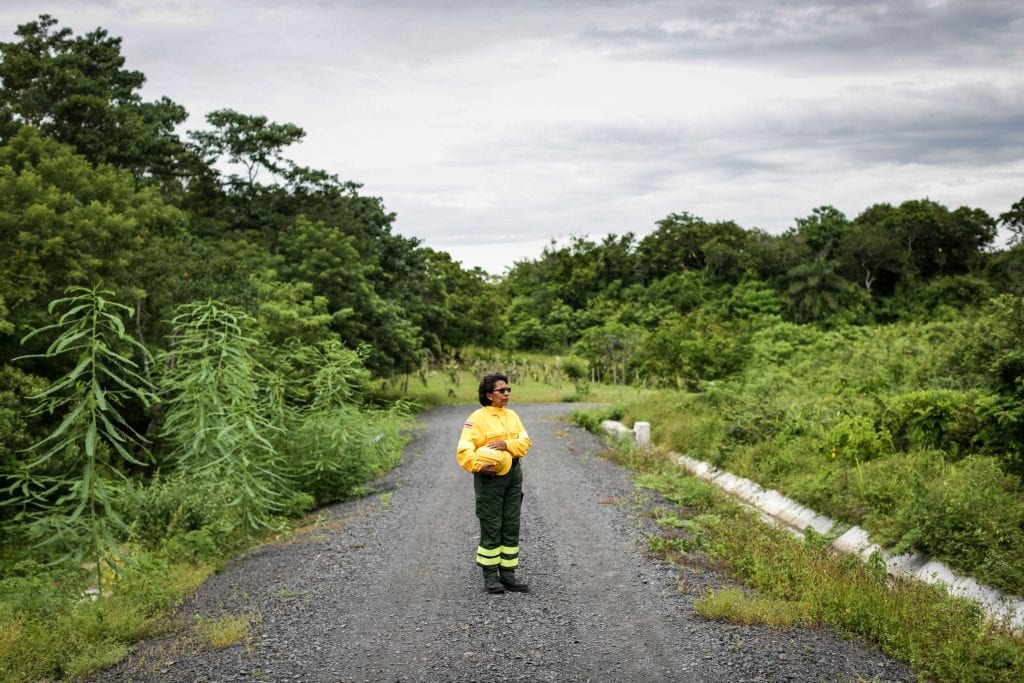
A young forest begins to grow back in front of Lucrecia Pastrana’s house. This same field was burned year after year in the past due to normal agricultural practices in the area.Photo: César Arroyo
The 61 years have already drawn some wrinkles on her brown face, but her hair is still black, as if drawn with the coals on which she has so often walked.
The community now acts as her eyes as neighbors inform her when things seem to be going wrong. “People call me: ‘Doña Lucrecia, see this thing here; then I call those in the park. I don’t need to go out,” she affirms.
The Fire Concentration
This year, the 503 hectares (1243 acres) of the Junquillal Wildlife Refuge, a forest 15 km (9 miles) from where Lucrecia lives, burned from one end to the other. Since the year 2000, there have not been as many fires as this year. Most importantly, all of the fires, according to Minae, were caused by human actions.
That is what saddens me the most, seeing how the countryside is destroyed with fire. It ends up looking like it’s dead,” says Lucrecia without blinking.
Maybe, that’s why she affirms that she would do it all again: the fire, the education, convincing her husband, persuading the community. She now feels that her work is already done. Her lungs, loaded with soot, agree: she started developing asthma some time ago. The attacks come every couple of years, she says, so she has to inject medication periodically.
Now her work is more focused on recycling campaigns, talks in schools, and setting up garbage cans in the community. She is also president of Colonia Bolaños’ rural waterboard and the school’s committee.
Her efforts during all these years is notorious. The very town that used to be surrounded by dry pasture is now a secondary forest, and Lucrecia says she has seen tapirs and peccaries pass by. “The work is done now.”


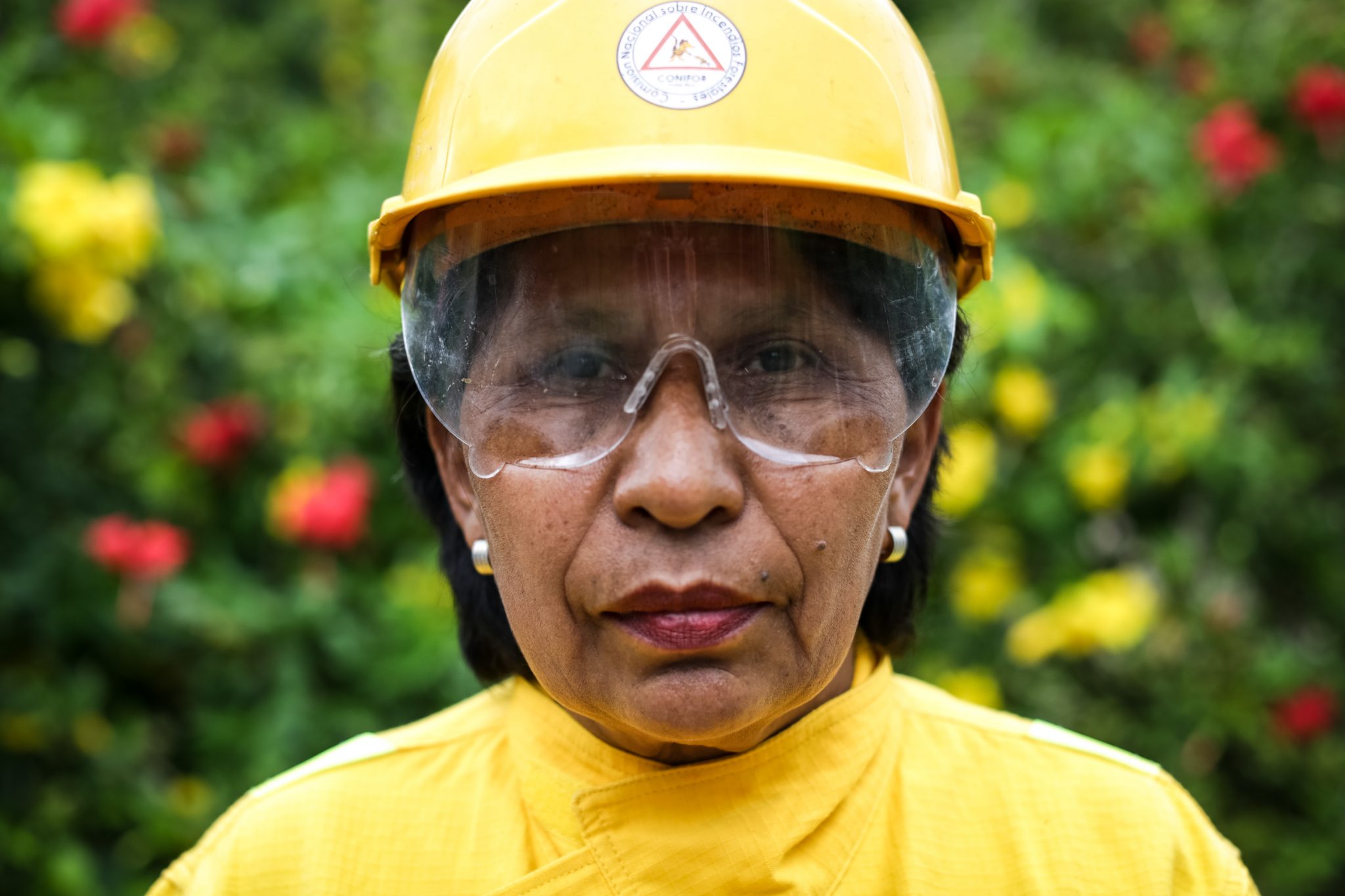
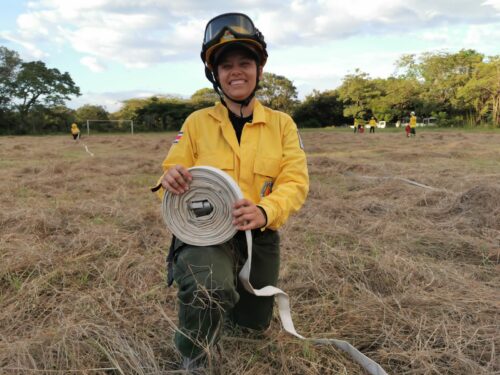

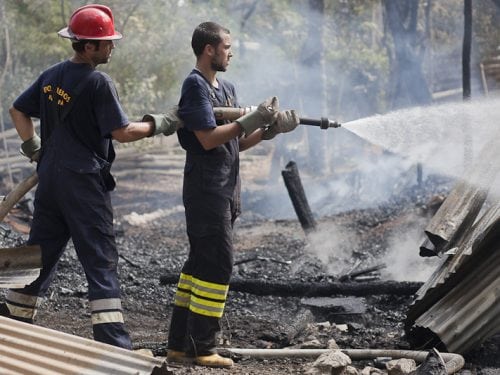

Comments